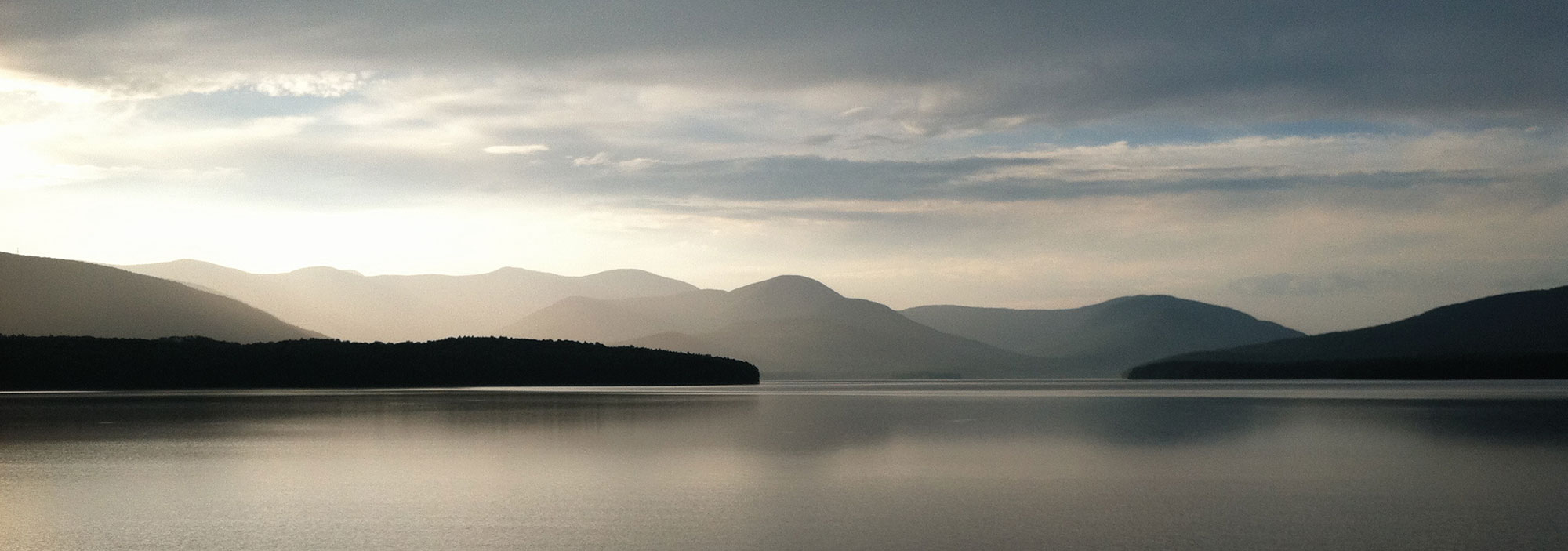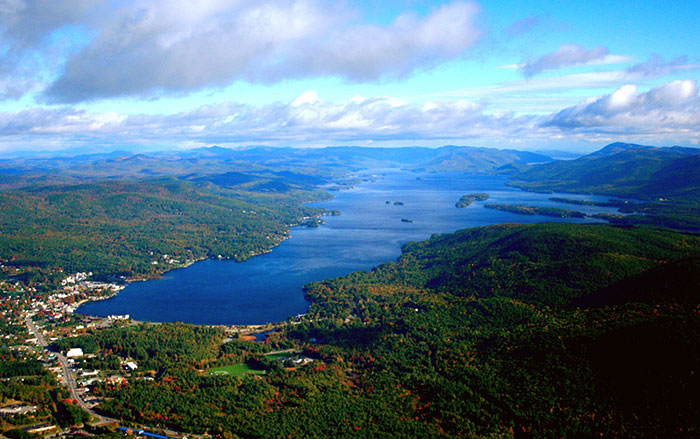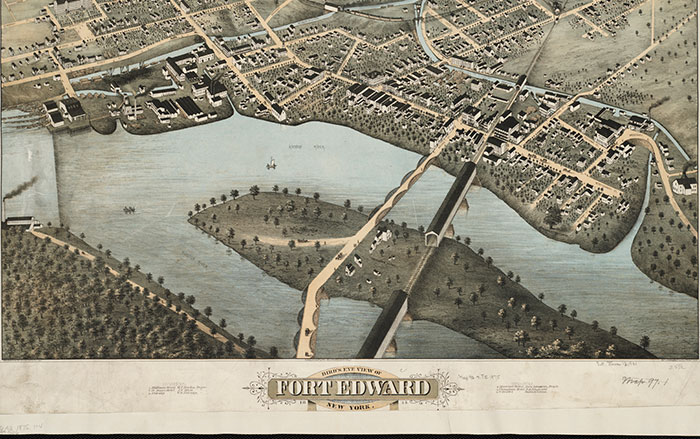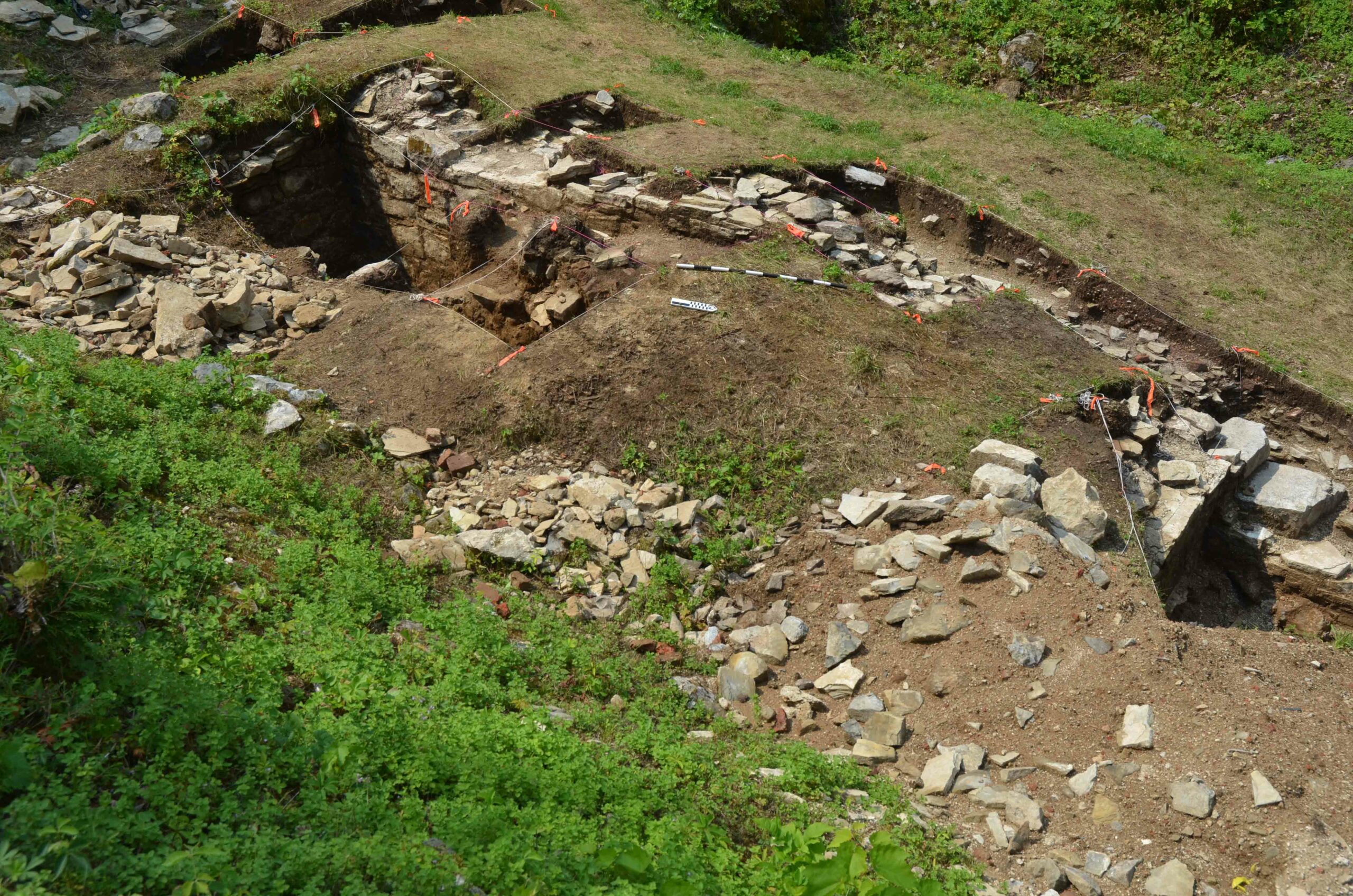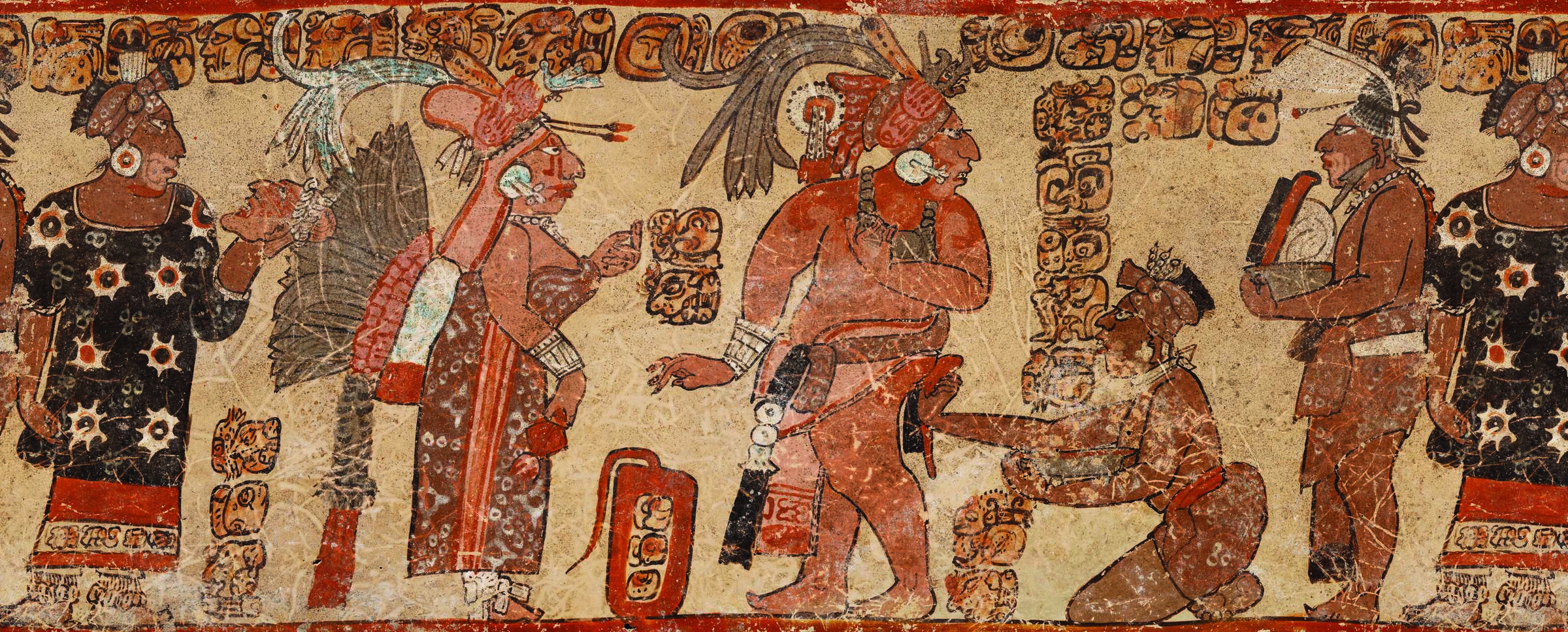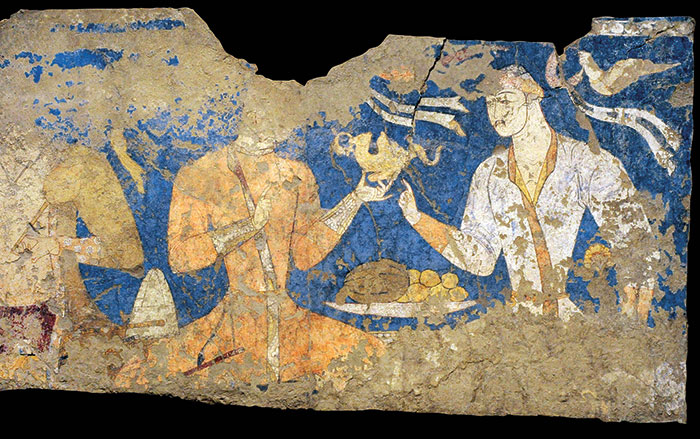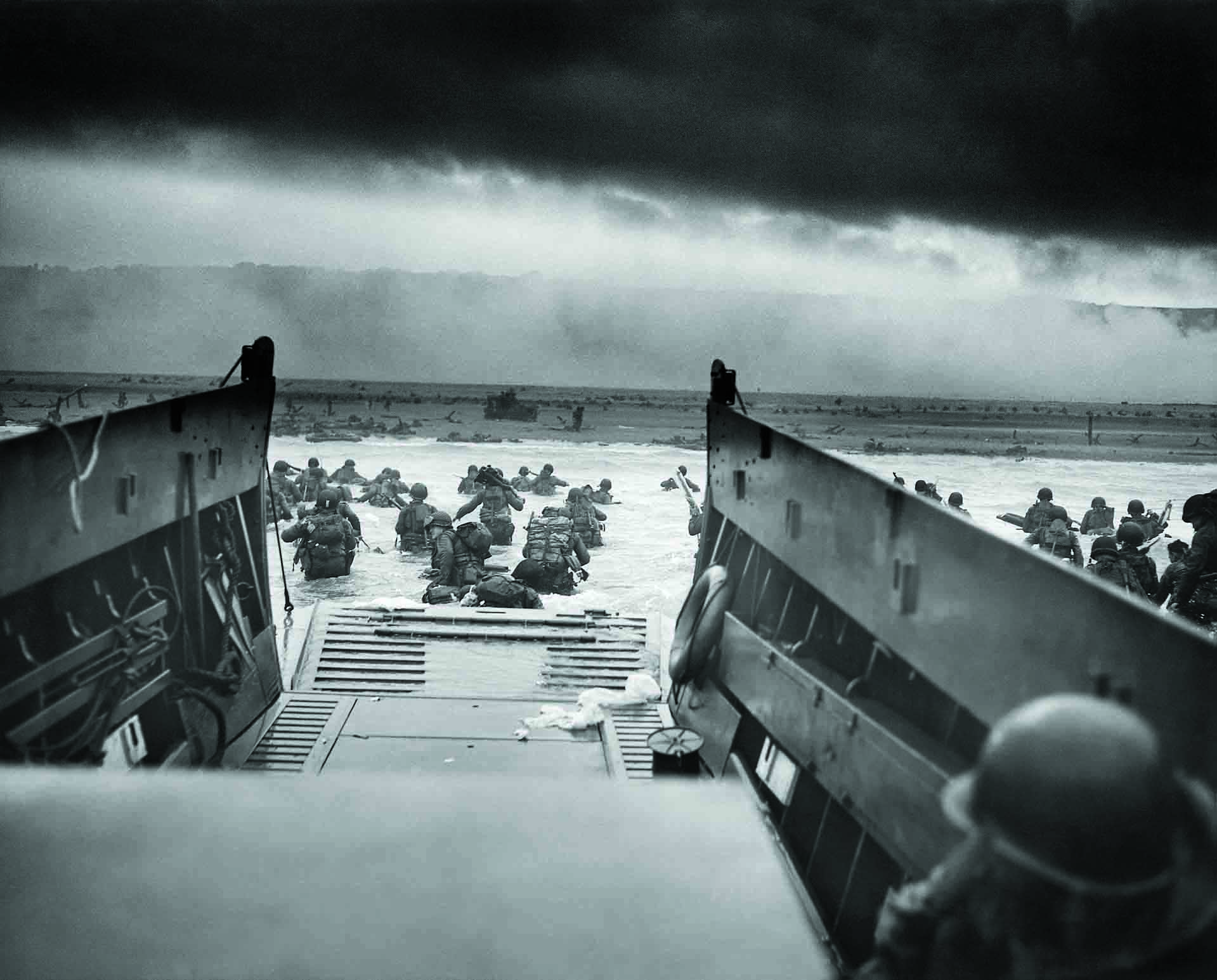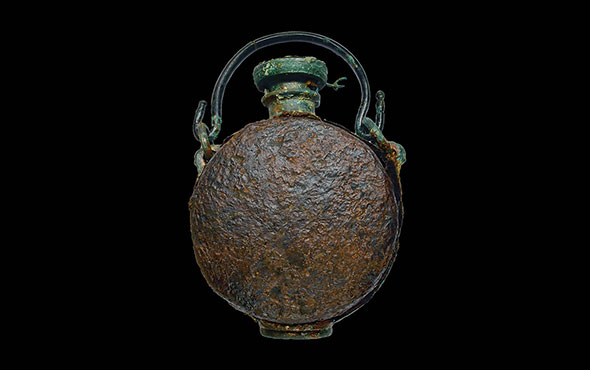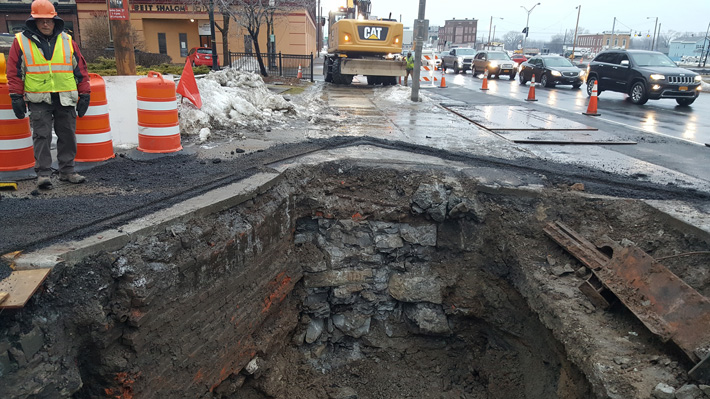
UTICA, NEW YORK—The Times Telegram reports that road construction in New York’s Mohawk Valley has uncovered a section of the Erie Canal, a waterway that once connected New York City to the Great Lakes. Archaeologist David Staley said State Route 5S essentially follows the path of the section of the old canal under investigation. The excavation team, he explained, has recovered early twentieth-century artifacts tossed into this part of the canal when it was filled in 1922, in addition to the walls and bridges that once spanned it. “What we’ve noticed is that the construction style for the walls varies both in terms of how well it was made originally and how it was maintained and rebuilt through the years,” Staley said. For example, the quality of stonework in the canal walls was better when they intersected busy streets. The team has also found evidence of lift bridges, which remain parallel to the deck as they rise, and a single-leaf trunnion bascule bridge, a type of drawbridge that swings upward to allow boats to pass. For more on waterways in the area, go to "New York's Original Seaport."


